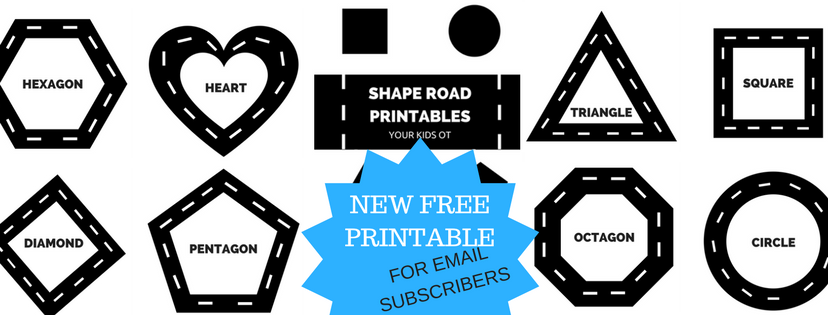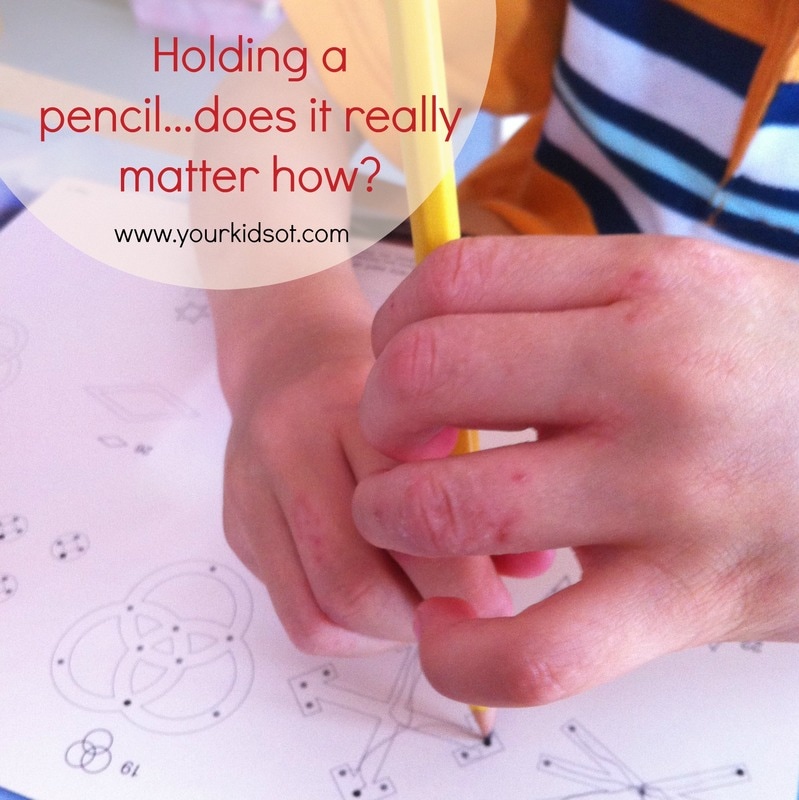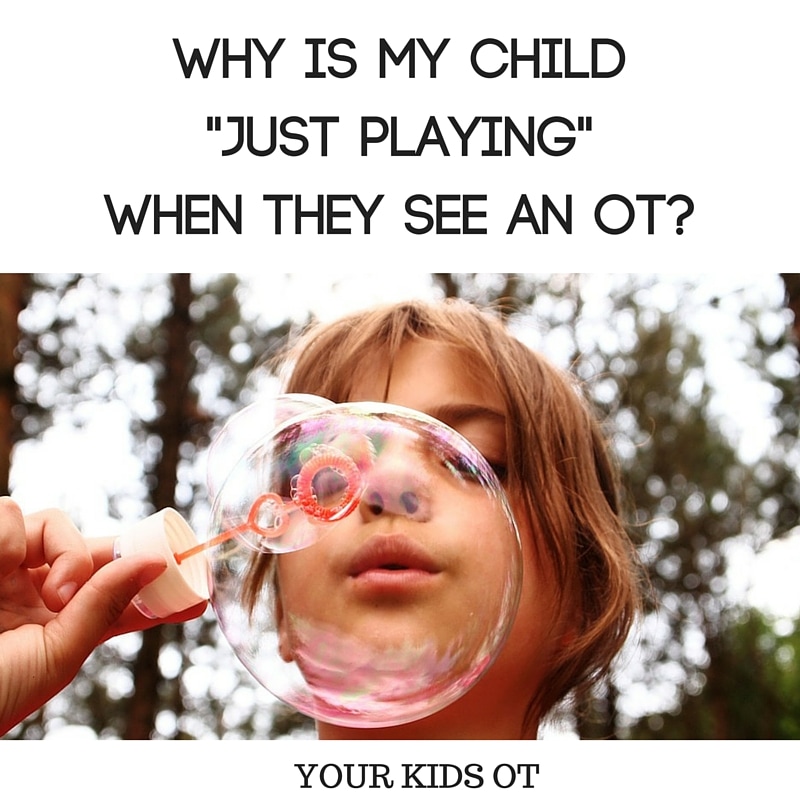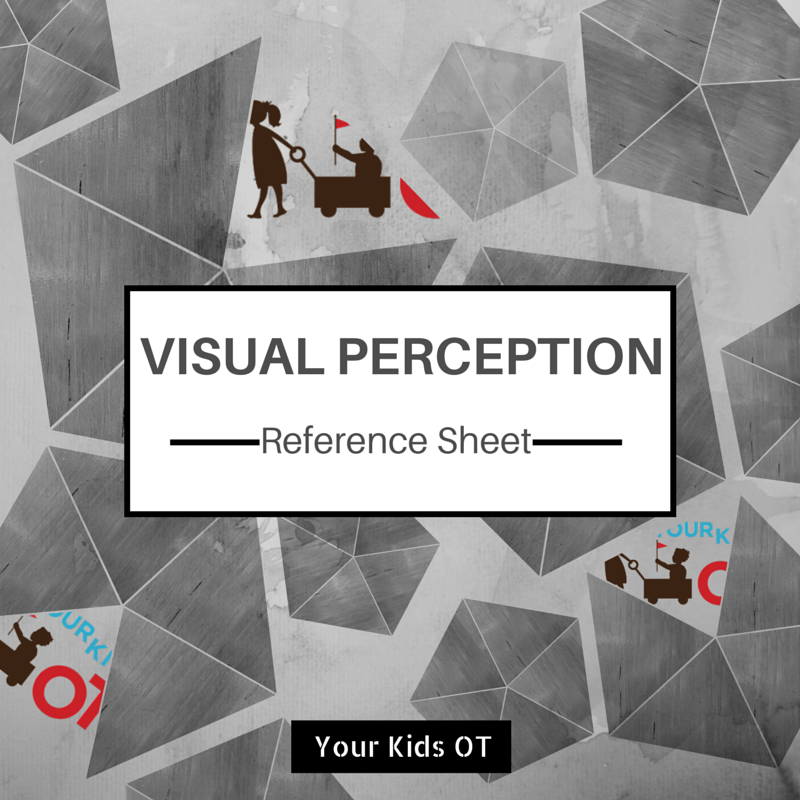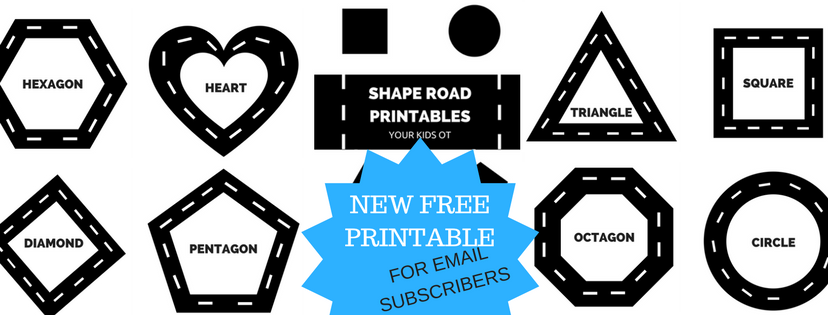|
Today I would like to introduce Angela Hanscom, Pediatric Occupational Therapist and Author of Balanced and Barefoot.
After spending years observing and working with children with behavioral issues and sensory deprivations, Angela wondered if these issues could be remediated and even prevented through more playtime in the great outdoors. She put her ideas into practice by developing and running an experimental nature program in her own backyard, with the hope of reconnecting children to nature at an early age. I am excited to have Angela share about HOW THE NATURAL WORLD ENRICHES AND SUPPORTS THE DEVELOPING CHILD! ~~~~~~~~~~~~~~~~~~~~~~~~~~~~~~~~~~~~~~~~~~~~~~~~~~~~~~~~~~~~~~~~~~~~~~~~~~~~~~~~~~~~~~~~~~ Imagine your child walking barefoot through a meadow while scanning the area for beautiful flowers. While walking, he tilts his head to hear the birds and feels a light breeze on his skin. Walking barefoot provides great sensory feedback to the arches of his feet, giving him a good sense of where his feet are in relation to the rest of his body. Listening to the birds chirp helps him to orient to his whereabouts when compared to the other creatures out in the wild. The light breeze keeps him alert, while the warmth of the sun comforts him. This is the optimal state for sensory integration to occur – when we are aware of our surroundings, but relaxed and calm. On the other hand, man-made environments (i.e., movie theaters, colorful play spaces, indoor party arenas) can overpower the senses and send a child into a fight or flight response – an unhealthy state to keep our children in. You may be thinking, “My kids get a TON of free play and are moving about - all the time! Why does this have to take place outdoors? What is so special about nature, that mankind can’t try to replicate this experience? How is rolling down the hills in grass any different than rolling down a ramp at a gymnasium? Isn’t getting messy with shaving cream in the bathtub just as good as getting messy with mud outside?” When I advocate for children playing outdoors, I remind parents of three key factors that I’ve never seen successfully duplicated in any indoor environment: The outdoors offers a perfectly balanced sensory experience. The outdoors inspires the mind. The outdoors is an ideal setting for evaluating risks and accepting challenges. THE OUTDOORS OFFERS THE ULTIMATE SENSORY EXPERIENCE Spending some time every day in the outdoors—from simply walking barefoot on the grass to listening to birds in the trees—offers the following sensory benefits: • Natural integration of our senses. Good sensory integration means optimal brain and body performance. • A calm, but alert state. When you are in a calm and alert state, you are better able to process the sensory information around you and start to organize these senses – bringing together all the puzzle pieces to form a nice picture of the world around you. • A “just right” amount and kind of sensory stimuli. Nature doesn’t bombard the child with too many senses at once, which creates a sense of chaos and confusion. THE OUTDOOR INSPIRES THE MIND Daily exposure to the outdoors stimulates the brain in many ways: • There are no expectations. The child is forced to use their imagination in order for that stick, rock, or pinecone to become a part of their world. • There are endless possibilities. The outdoors challenges the mind to constantly think in new directions. • There is no pressure. When engaging in active free play, a child can play with others or not, make up their own rules or follow someone else’s, be rough-and-tumble or be quiet and contemplative. THE OUTDOORS OFFER RISK AND CHALLENGE Evaluating risks and taking challenges while playing outdoors every day is rewarding in many ways: • Children build confidence. When children overcome obstacles, they learn that they can be successful if they keep trying, even in the face of difficulty. • Children challenge themselves at their own pace. They get to determine when they are ready to take risks and even control how much risk they are willing to take. • They learn to be adaptable. When playing outdoors, children quickly learn that they can’t always control the outcomes of their play. For instance, their fort may not have turned out exactly as they envisioned and in turn, they learn to be flexible in their thinking. Nature has a calming effect like no other. According to Adam Atler, professor of marketing and psychology at New York University, “Nature restores mental functioning in the same way that food and water restore bodies. The business of everyday life -- dodging traffic, making decisions and judgment calls, interacting with strangers -- is depleting, and what man-made environments take away from us, nature gives back.” While manmade environments may excite your child – think of loud colors and loud noises – they will often overwhelm or over-stimulate him or her. Other times, indoor environments under-stimulate and offer little sensory benefits to your child at all. The great outdoors, on the other hand, offer limitless possibilities for play experiences and exploration of the senses – enhancing and refining them through repeated practice. It is through play outdoors on a daily basis that your children will challenge and strengthen their senses of touch, vision, hearing, smell, taste and much more!
You may also like:
Shirt on, pants on, socks on, shoes on, hat on ... out the door. Dressing should be an easy every day activity but sometimes it is NOT! Sometimes there are sensory triggers which affect whether a child will or will not get dressed (or undressed)! Some of these sensory triggers for dressing are found below as well as some behaviours that you may see as a result: TOUCH
Children with touch sensitivities may have difficulty wearing certain clothing. They may become distressed or constantly pull/tug at their clothing. Some children will constantly touch or feel their clothing exploring the textures. They may refuse to wear new clothes or prefer to be naked. These children may have difficulty changing clothing within a day (eg. changing for swimming lessons, getting ready for bed, etc). Sometimes shopping for new clothes may cause stress as well as letting go of clothing that is too small. Children who are sensitive to touch may disregard weather and temperature cues when it comes to dressing. They may wear long sleeves in warm weather or shorts and a sleeveless shirt in winter. Some children will become extremely upset when their clothing is wet. PROPRIOCEPTION
Children who experience difficulty processing proprioception information may fall over whilst getting dressed and undressed. They may take a long time to get changed and appear lazy. These children may look "messy" when they have finished getting dressed. They may have clothes inside out or back to front. VESTIBULAR
Children who experience difficulty processing vestibular information may appear "restless". They may move about the room or wonder from one room to another whilst getting changed. They may make several changes in body position (stand, sit, lie on the ground, jump off furniture, etc). They may also fall over or roll around. Alternatively, these children may prefer to get changed whilst sitting or lying down (eg. on their bed, on the floor, on a chair). VISUAL
Children who experience difficulty processing visual information may take a long time to find clothes and get dressed. They may make limited clothing choices and have difficulty matching tops with bottoms (eg. understanding what "goes" together). Some children may have difficulty aligning rows of buttons with buttonholes or they may wear non-matching socks and shoes. AUDITORY
Children who experience difficulty processing auditory information may become distressed easily and make limited clothing choices. They may try to cover their ears during dressing or scream to block out other noises. They may prefer getting dressed in particular places (eg. bedroom not bathroom). They may take a long time to get dressed as they are easily distracted. SMELL/TASTE
Children who seek additional smells in clothing may be seen sniffing their clothes excessively. They may choose long sleeves or to hold their clothes so that they can bring these to their nose. Those who are sensitive to smells may become distressed easily and have limited clothing choices. Children who seek oral stimulation may chew their clothing or chew the fastenings on their clothing. They may also like to brush clothing across their lips or lick clothing. I have compiled this information about sensory triggers and behaviours into a single page printable checklist. Download your copy of this checklist HERE! SENSORY STRATEGIES FOR DRESSING 1. Be aware of your child's sensitivities and acknowledge their clothing preferences. There will be times where your child is required to conform with social norms (eg. wearing clothes rather than being naked in public, wearing a uniform to school, etc), however their may be times where there are less restrictions on what is worn and how it is worn. 2. Build a wardrobe of comfortable clothing for your child, avoiding sensitivities which may cause distress or anxiety if possible. This may include: -
3. Contact an occupational therapist who may work with your child on an overall sensory diet to assist with sensory sensitivities. Your occupational therapist will be looking at your child's arousal and activity levels, attention and impulsivity as well as their ability to regulate themselves. An occupational therapist may suggest activities such as:
Do you have a child who experiences sensory sensitivities during dressing? This article is part of “Functional Skills for Kids: 12 month series by Paediatric Occupational and Physical Therapists”. You can read all of the childhood functions HERE. Read all Your Kids OT’s monthly posts HERE. Find more information about “Dressing” and valuable strategies to help with important skill, read what other Occupational and Physical Therapists participating in the “Functional Skills for Kids series” have written:
When Do Kids Start to Dress Themselves? | Mama OT
Fine Motor Requirements for Independence with Self-Dressing | Sugar Aunts Gross Motor Skills and Independent Dressing | Your Therapy Source Sensory Considerations for Dressing! | Your Kids OT “Get Dressed!” How to Modify Your Child’s Dressing Routine | MissJaimeOT Teaching Kids How to Dress Themselves: Activities to extend skills | The Inspired Treehouse Improving Following Directions with Getting Dressed | Growing Hands-On Kids Visual Perceptual Skills in Dressing | Kids Play Space Work on Dressing Skills Through Play Activities | Therapy Fun Zone 
Cindy is a registered Occupational Therapist practising in Sydney Australia. She has two young children who are a constant source of inspiration and learning. Cindy loves working creatively to help children to reach their potential, finding opportunities in everyday living and making learning fun. Cindy is the author of the Occupational Therapy blog Your Kids OT.
The information on this site is general in nature. The activities are safe for most children; however, you should consult an Occupational Therapist or health professional to address specific movement, sensory or other medical conditions. This article does not contain affiliate links and has no association with the companies suggested in this article. Any items purchased are made at your own risk. References: Yack, E., Aquilla, P. and Sutton, S. (2015) Building Bridges Through Sensory Integration (Third Edition). You may also like:
"Autism Discovery Tool: Sensory from Within" by Spectrum Idea Lab is an innovate app that was designed as a communication tool to help with the conversation about autism and sensory processing. It can be used with those who have autism to help them to gain self awareness. It can also be used as an educational tool for parents, siblings, classmates, extended family or friends who want to gain an insight into autism and sensory processing. The app may also be used by teachers and therapists to further their learning and development.
There are seven sensory experiences to explore in the "Autism Discovery Tool: Sensory from Within" app. These sensory experiences are vision (in a library), hearing (in a classroom), smell (in a kitchen), taste (make a smoothie), touch (in a shower), balance (in a playground), body position (playing mini golf). I will show you some screenshots through the "smell" experience to provide an explanation of this app. On the first page labelled "typical" you will find a picture of the scene (in this case a kitchen) and a definition (visual and auditory explanation) of the sensory area . There is also a picture of a suitcase on the top right of the screen which is a sensory "toolbox".
Each sensory system has an explanation (visual and auditory explanation) of how some people are oversensitive, others undersensitive, others have a distortion of the sense and others have an enhanced sense. There are various animations that occur depending on each of these variations. For example in "smell" the puffs of steam that rise from various items in the "kitchen" change as you explore the various sensitivities a person may experience in relation to smell.
There are several sensory "strategies" to uncover for each sense which are added to the sensory "toolbox" as you open them. There is a verbal explanation and sometimes an animation of the sensory strategy that matches. In this example, there is an explanation about adjusting airflow whilst you open the window. These strategies can be access at any time during the discovery of smell (eg. whilst exploring undersensitive, typical, distorted, etc).
Once all the strategies are found, you can review them in the toolbox. You can also start over with the rewind button in the bottom right hand corner.
When re-starting the app, the whole app may be "reset" to use again with a different person or to begin the discovery again. You may select any sense and there is no particular order required when using the app.
The "Autism Discovery Tool: Sensory from Within" app is unique and provides a user-friendly interface to explain how sensory triggers may impact a person with autism both in terms of strengths and challenges. It also provides some sensory strategies which may be of benefit to those with sensory sensitivities. Whilst the app was designed for people with autism, the explanations relating to sensory sensitivities and strategies may also be applicable to others who experience sensory processing or modulation disorders.
This app is a fantastic educational tool! I think that it is ideally used between someone keen to learn and someone with some understanding of autism and sensory processing (such as an occupational therapist). It is possible to navigate this app without any prior knowledge, however, there may be further explanations required. This app would be suitable for 1:1 conversations or even presented to a group of people. The app is suitable for children as they will enjoy the interactive nature of the pages, however they will probably not be able to take in all the information at one time. They will also need an adult to help to navigate through the app depending on their age and abilities. Overall this app helps the reader to gain insight and empathy for those with autism through an understanding of their sensory experiences. It is a really unique app that lets you "experience" sensory environments through the play features. April is Autism Awareness Month, so help raise awareness about Autism and share this useful app with those in your work place, mother's groups, FB groups, family and friends. Do you know someone who would benefit from this app? Make sure you enter the giveaway below (open to Australian residents only)! Disclosure: Autism Discovery Tool: Sensory From Within App was gifted to Your Kids OT for editorial consideration. Spectrum Idea Lab have also gifted 5 promo codes towards a giveaway of this app. I received no remuneration for this post and will receive no commission from any purchases of this app. All opinions expressed are my own and based on my expertise, experience and personal opinion.
You may also like:
The classroom is an environment full of sensory information! Most children can cope with this. Some children find classrooms overstimulating (ie. over-responsive), while others will not receive enough sensory information to meet classroom demands (ie. under-responsive). Children may respond with behaviour that the class teacher may find challenging!
Here is a compilation of sensory triggers that your child may experience from the classroom environment as well as behaviours you may see exhibited in the classroom in response to these triggers. You can download a FREE PRINTABLE HERE! VISUAL
Children with difficulty processing visual information may exhibit behaviour such as squinting, covering their eyes, complaining about lighting, movement to avoid certain areas of the classroom, leaning over desk, unable to sit still, aggression, unable to complete tasks, unable to follow classroom routine, unable to copy information from the board, unable to transition from one task to another, constant head turning, staring at people, spins or flicks objects in front of eyes, etc. AUDITORY
Children with difficulty processing auditory information may exhibit behaviour such as covering their ears, screaming, yelling, removing themselves from situation, refusing to participate, unable to complete tasks, unable to follow instructions given to the whole class, gets distracted easily, distressed when music is played, speaks too loudly, makes excessive or constant noise, etc. TOUCH
Children with difficulty processing touch (proprioceptive) information may exhibit behaviour such as being unable to sit still on the floor or in their seat, leaning against furniture when sitting on the floor, fidgeting, playing with classmate's hair, pushing others, constantly hugging other children, biting, avoiding activities, unable to take off clothing despite the temperature, seeking cool surfaces such as a window, rocking on chairs, getting too close to other children/adults, does not clean saliva or food from face, distressed with dirty/messy hands, etc MOVEMENT
Children with difficulty processing movement (vestibular) information may exhibit behaviour such as rocking on their chair, leaning to the side of chair, kicking under the chair, holds head up with hands whilst seated, unable to sit cross legged, movement to different positions on the floor, leans on furniture or other children when sitting on the floor, fidgeting, touching other children, unable to transition between activities, unable to complete tasks, slumped posture, taking a long time to follow instructions, gets distracted easily, running instead of walking, holds onto something whilst walking, falls out of chair, etc ORAL
Children with difficulty processing oral information may exhibit teeth grinding, biting on clothing, biting on pencils, biting on furniture, biting other children, licking or digesting inedible objects, making noises/movement with their mouth, excess saliva, etc. SMELL
Children with difficulty processing olfactory (smell) information may excessively sniff some items, avoid activities, have difficulty sitting next to other children, have difficulty completing activities, are easily distracted, shows distress, does not notice strong smells, cannot distinguish between pleasant and unpleasant smells, etc
* Miller, LJ (2006) Sensational Kids: Hope and Help for Children with Sensory Processing Disorder (SPD)
You may also like:
"Children with sensory over-responsivity (sometimes called "sensory defensiveness" respond to sensory messages more intensely, more quickly, and/or for a longer time than children with normal sensory responsivity". * This means that a sensation may be perceived as "painful" and the child may have a "fright, flight, fight" response.
Children who are "under-responsive" to sensory information in the classroom may generally be labelled as lazy, unmotivated, stubborn or simply "bad". Typically these children need sensory stimulation that is stronger, lasts longer and is more frequent than that of a typically developing child. * Download your FREE copy of "Sensory Triggers in the Classroom"! Find information about Sensory Strategies in the classroom:
If you have concerns about your child's sensory sensitivities in the classroom, please contact a paediatric Occupational Therapist for an individual assessment. What sensory triggers have you noticed in the classroom? |
AuthorHi, I'm Cindy and I am an Occupational Therapist. I enjoy working creatively with children to see them reach their potential. Read more about me here. SEARCH THIS SITE
Archives
June 2024
Categories
All
Popular Posts |
Join the YKOT e-newsletter!
Subscribe to get our latest content by email and receive
the SHAPE ROADS PRINTABLE NOW!

Success! Now check your email to confirm your subscription and receive your free printable!
Join our Mailing List!
Subscribe to get our latest content by email and receive
the SHAPE ROADS PRINTABLE NOW as a thankyou!

Success! Now check your email to confirm your subscription and receive your free printable!
Disclaimer: The information on this site is general in nature and should be used for educational and entertainment purposes. The activities are safe for most children, however, you should consult an Occupational Therapist or health professional to address specific movement, sensory or other medical conditions. This blog does not replace formal therapeutic professional advice given by a health professional or medical practitioner. Reviews and endorsements of products will only be made based on my expertise and personal opinion; and deemed worthy of such endorsement. The opinions shared in sponsored content will always be my own and not that of the advertising company or brand. Content, advertising space or posts will be clearly identified if paid, affiliated or sponsored. Affiliate links may be found throughout this website in advertising. This means that if you follow through with a purchase from these links, Your Kids OT will receive a percentage of the sale. Your Kids OT undertakes to meet the requirements of the "Social Media Policy" as published by Australian Health Practitioner Regulation Agency (AHPRA). Further information about this policy can be found here.
Find meFollow me |
About me
AuthorHi, I'm Cindy and I am an Occupational Therapist. I enjoy working creatively with children to see them reach their potential. Read more about me here. |
Copyright © 2017 Your Kid OT

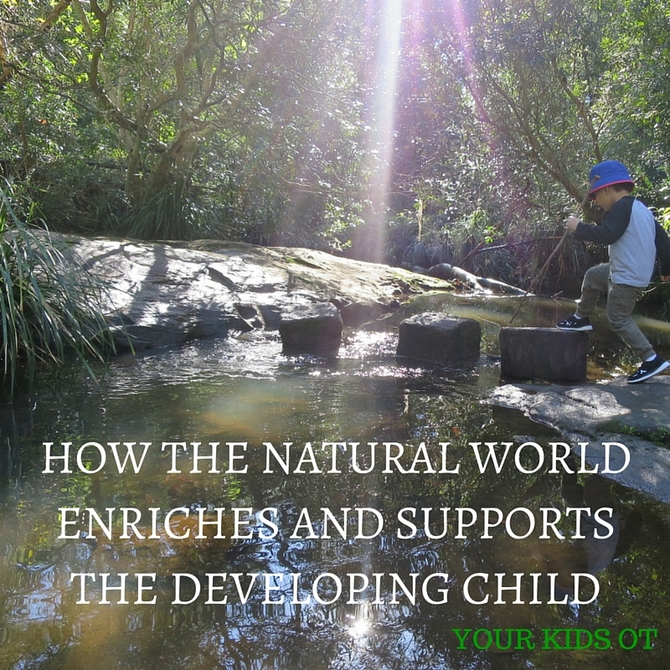

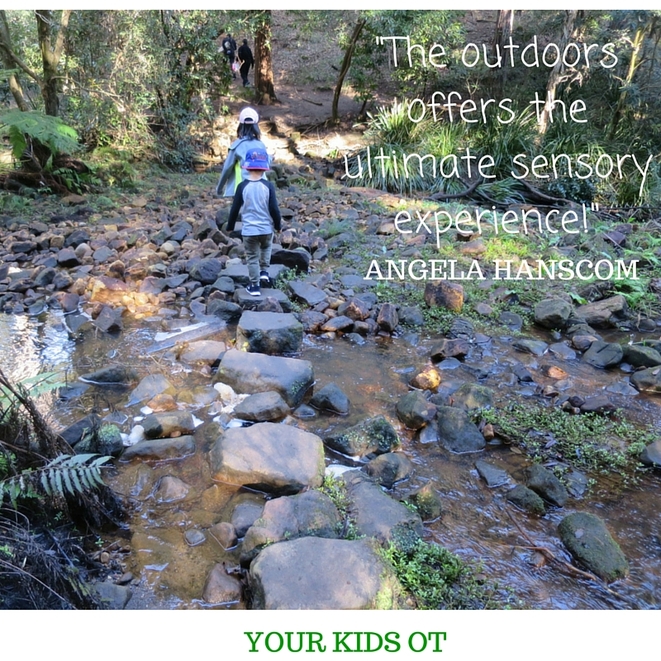
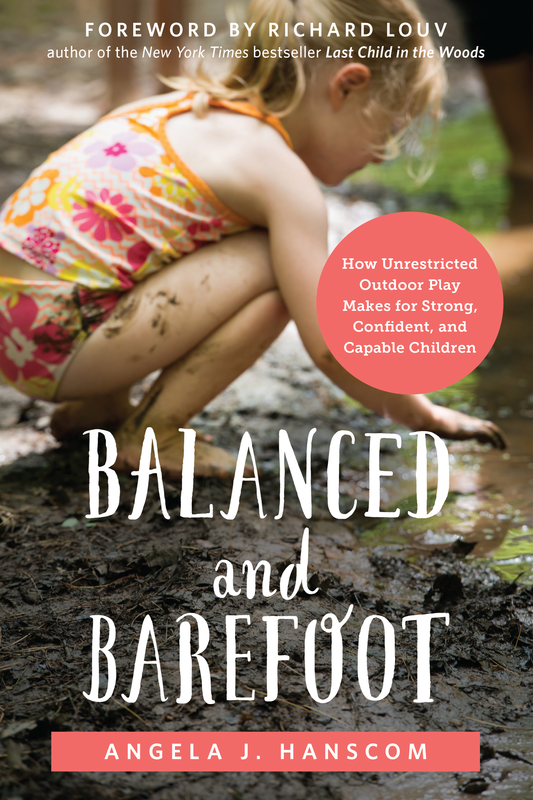

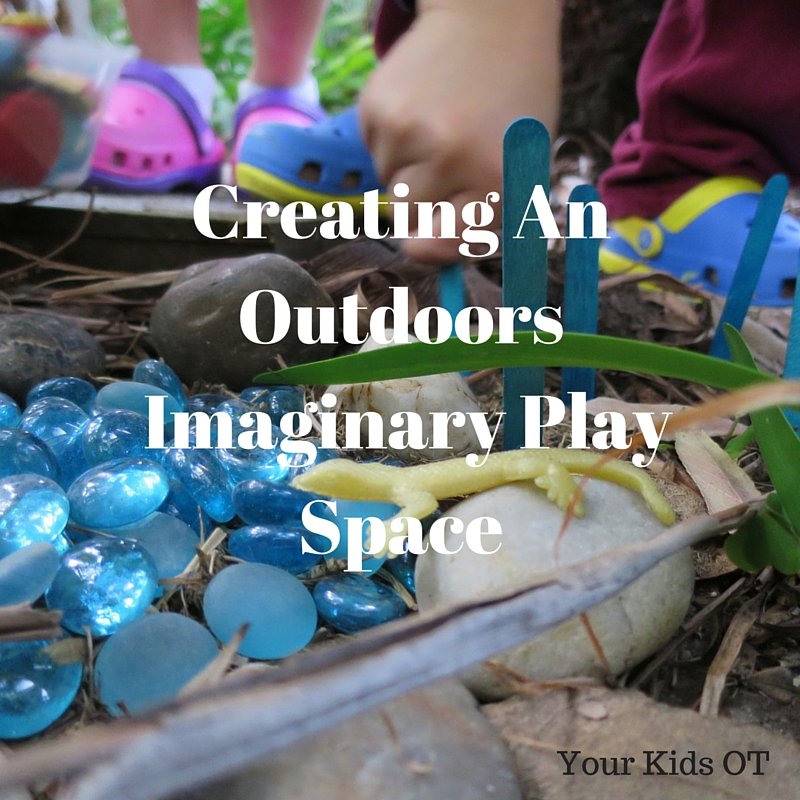
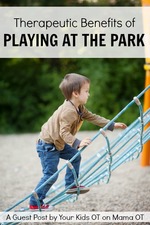
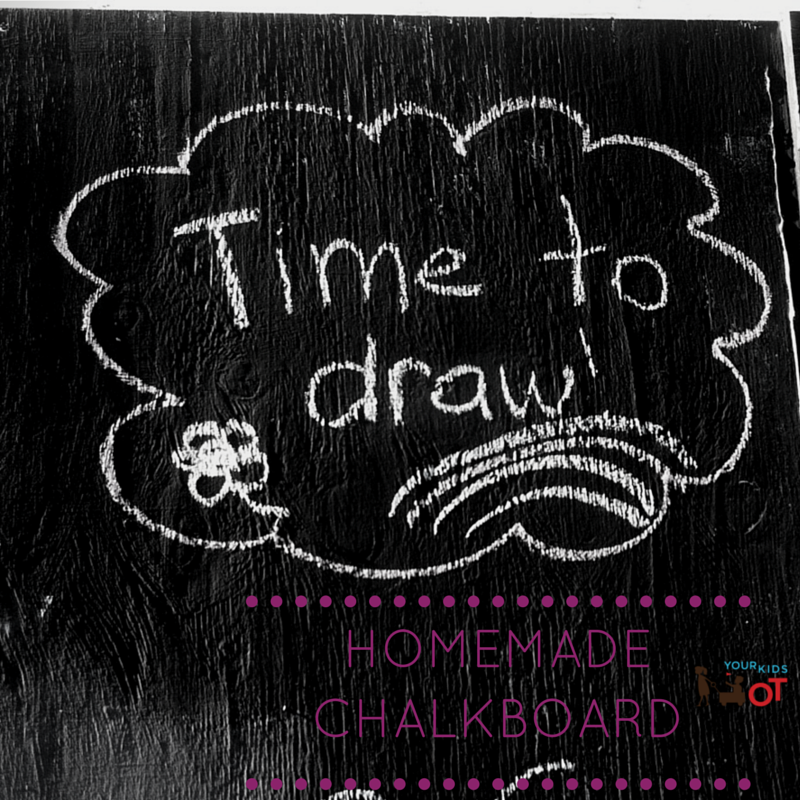
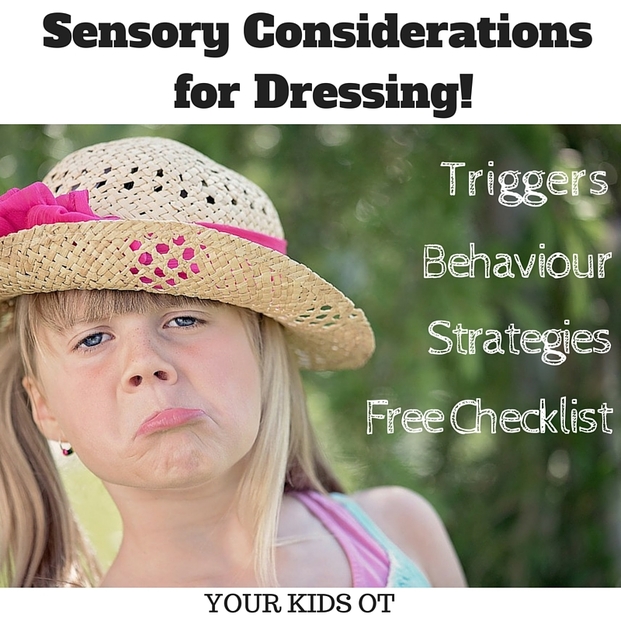
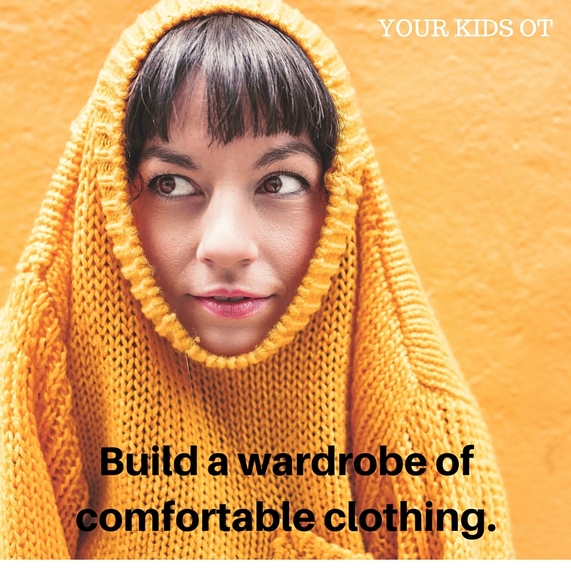
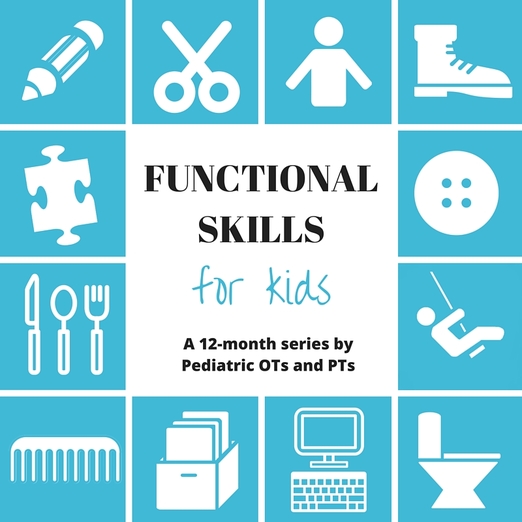

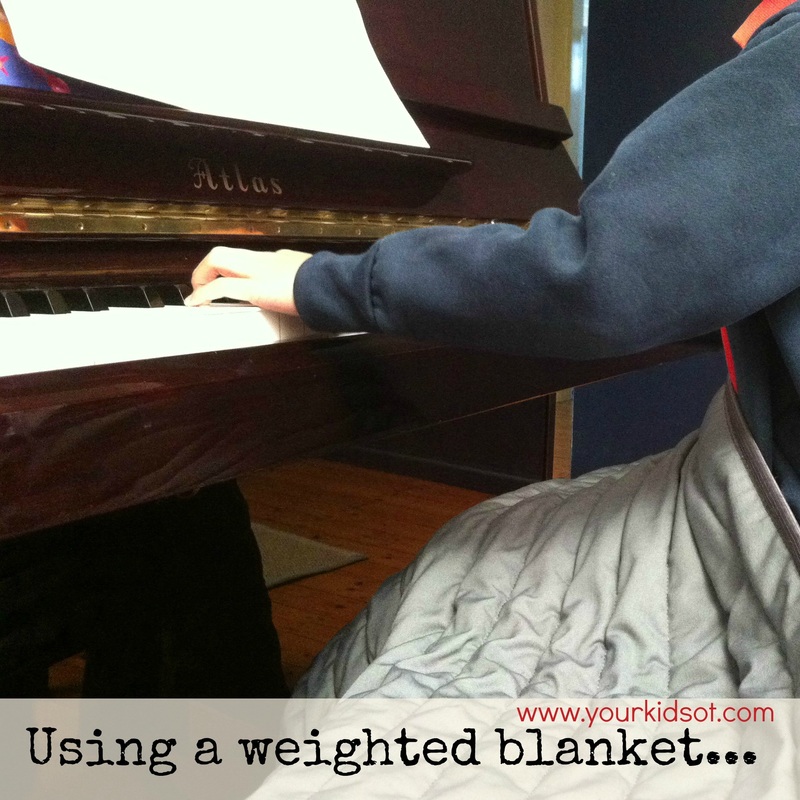
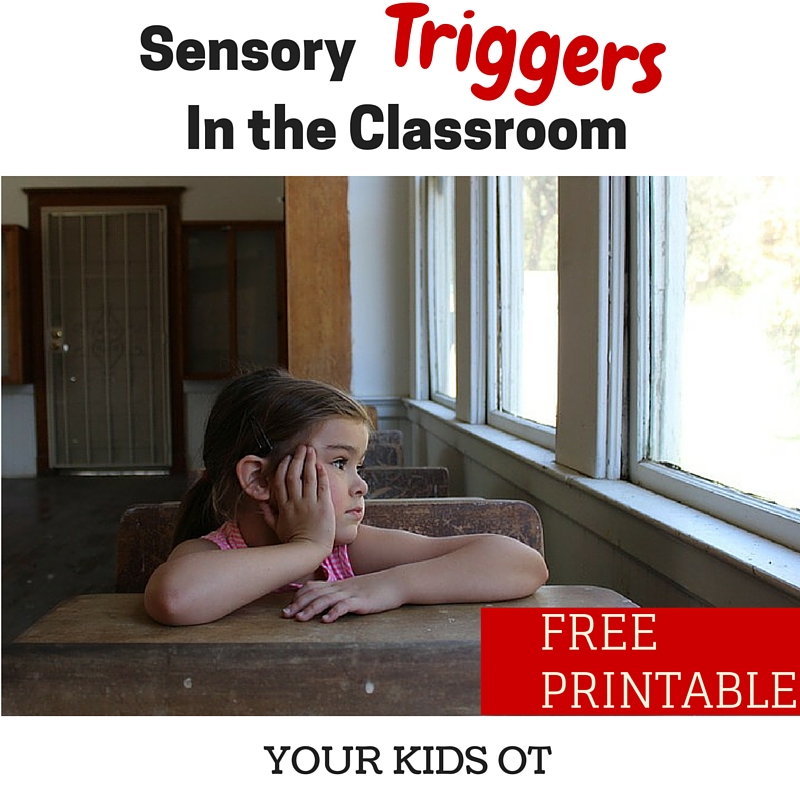
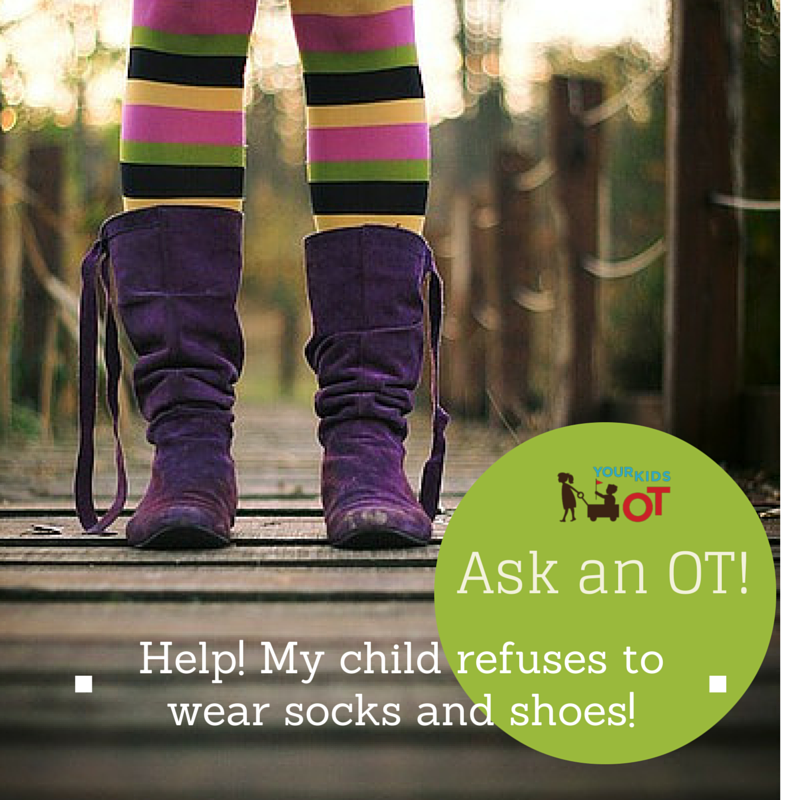
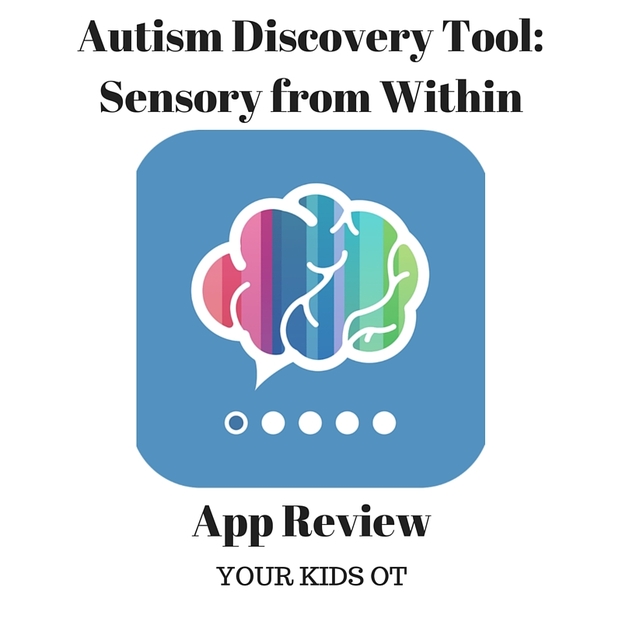

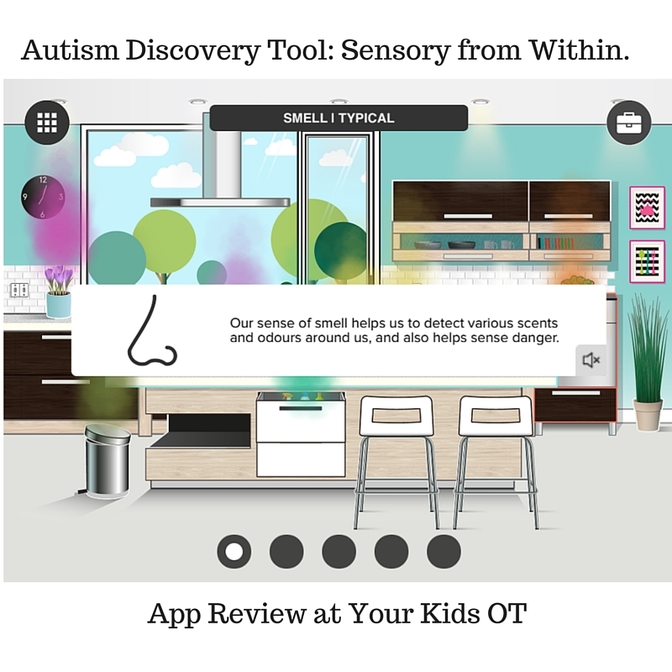
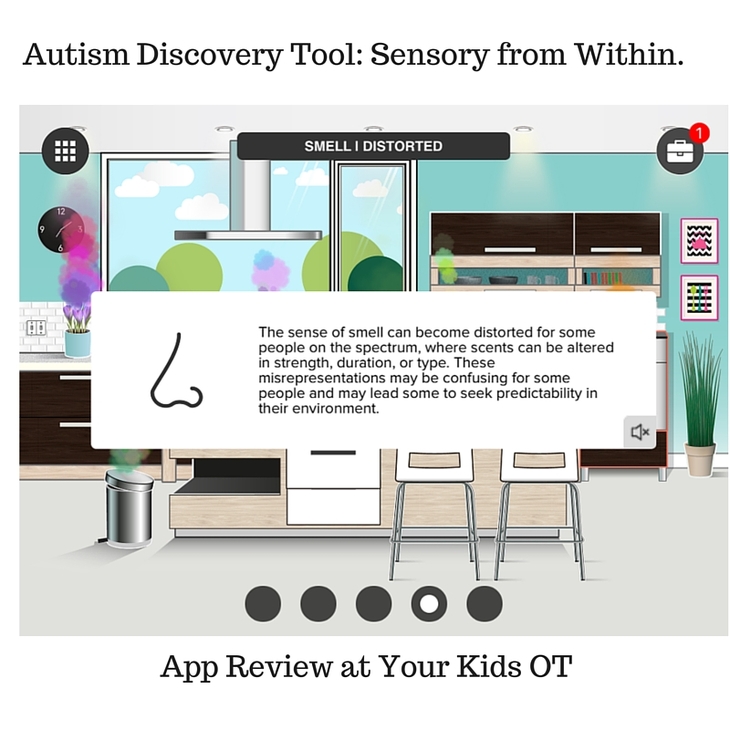
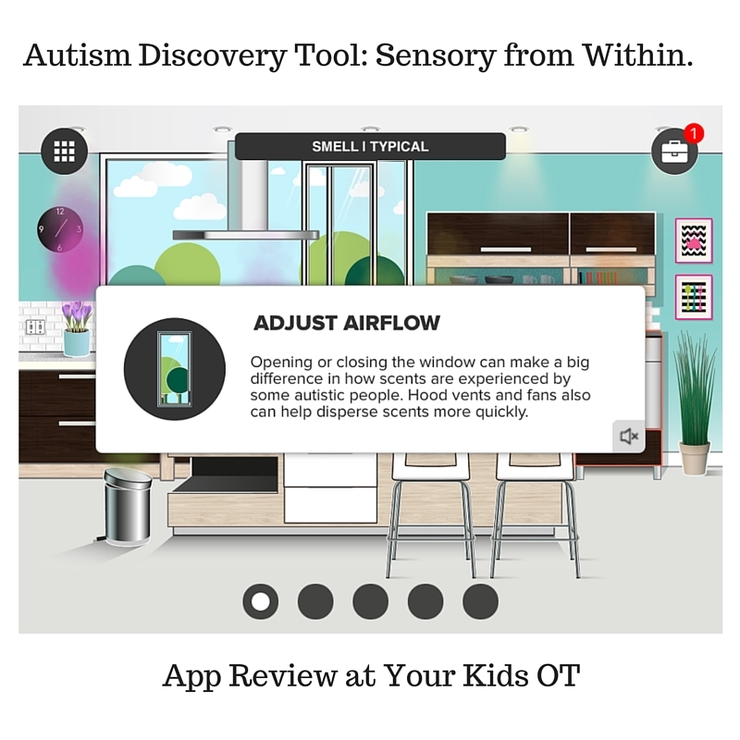
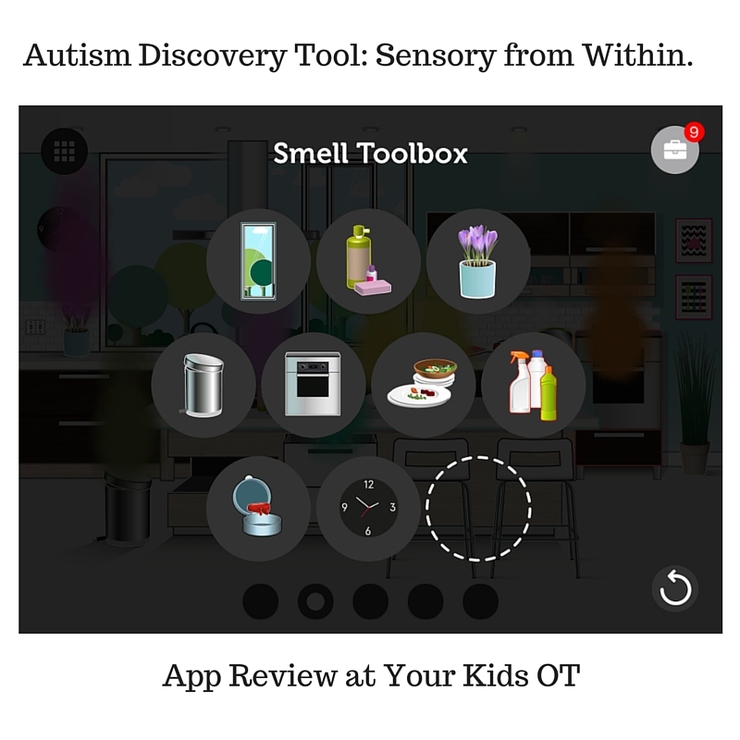

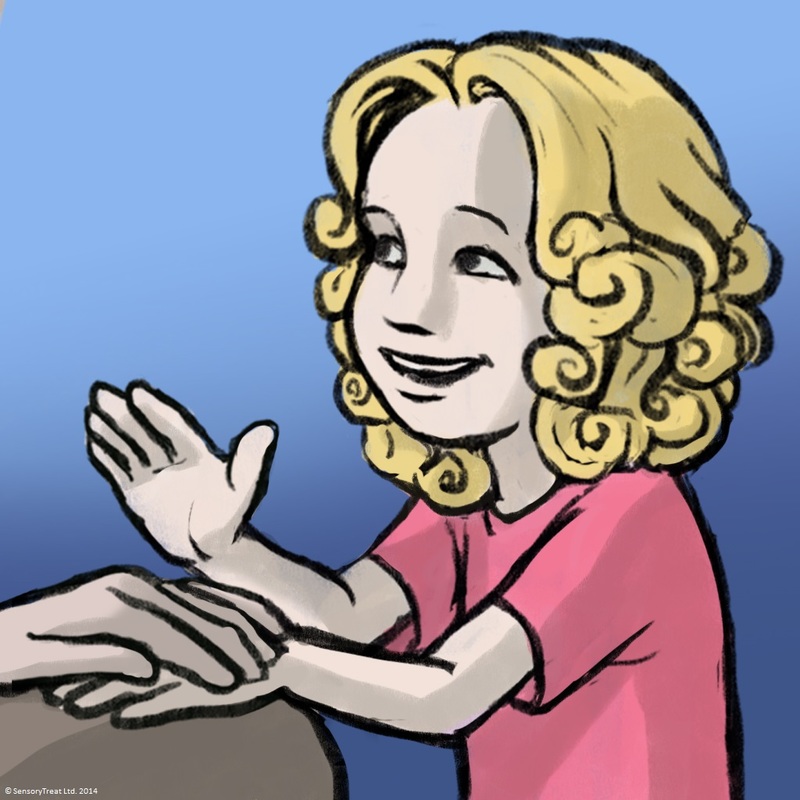

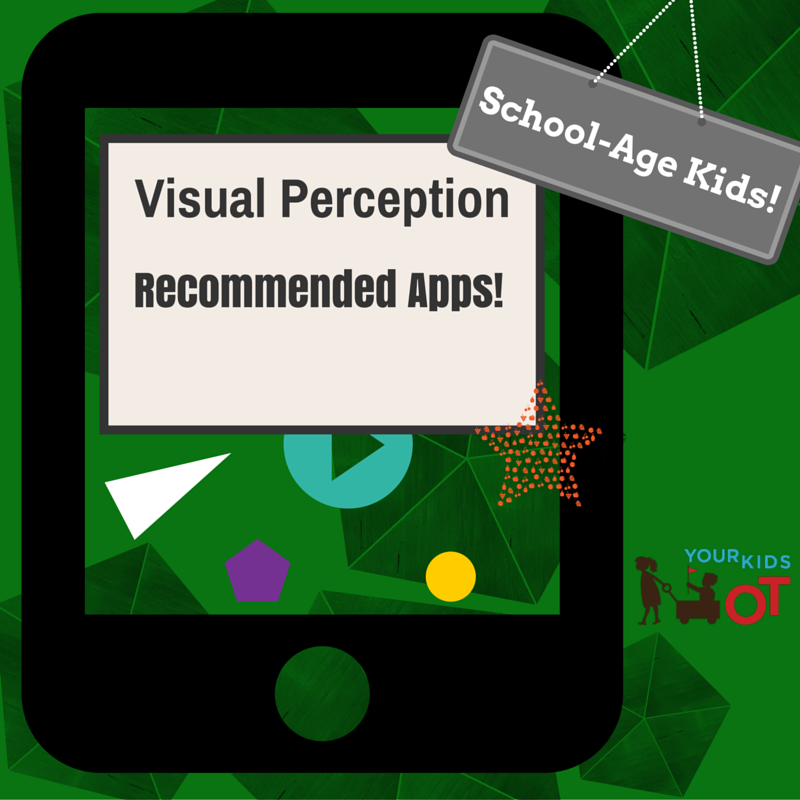
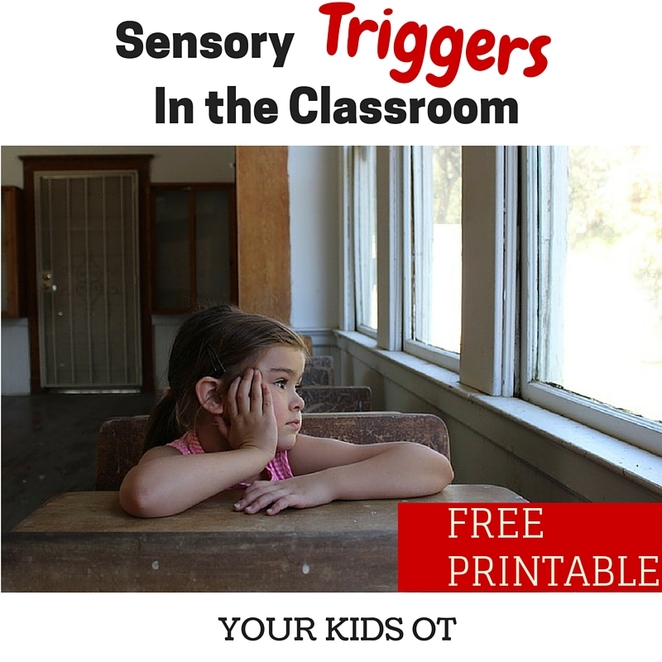
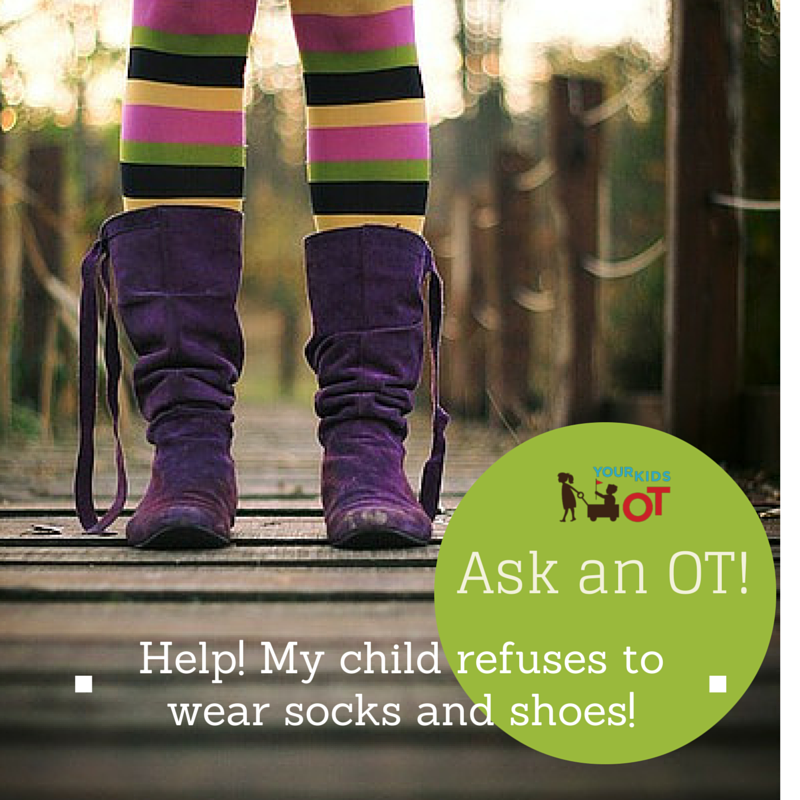
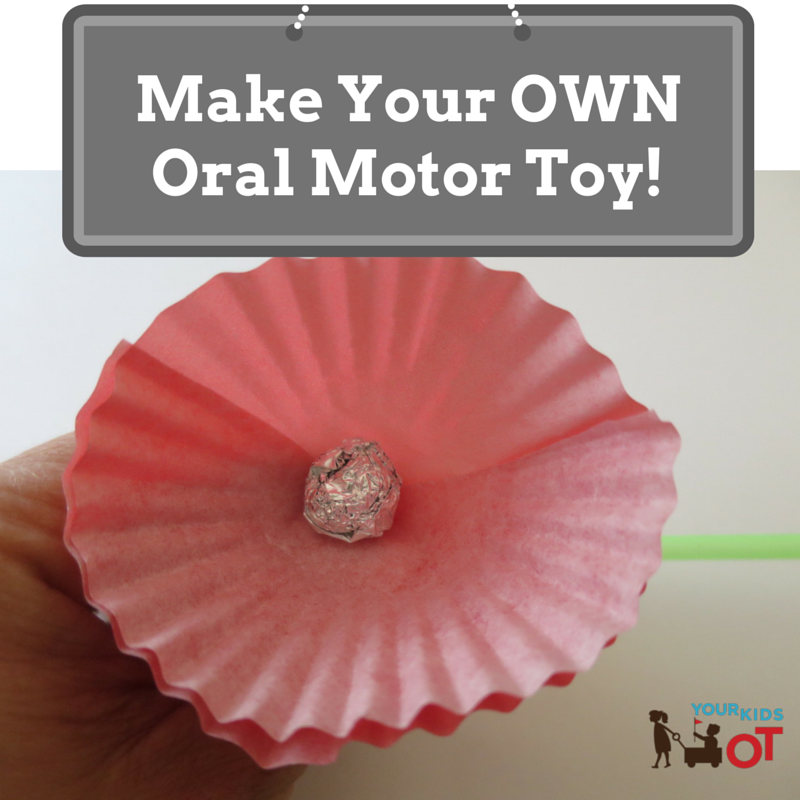
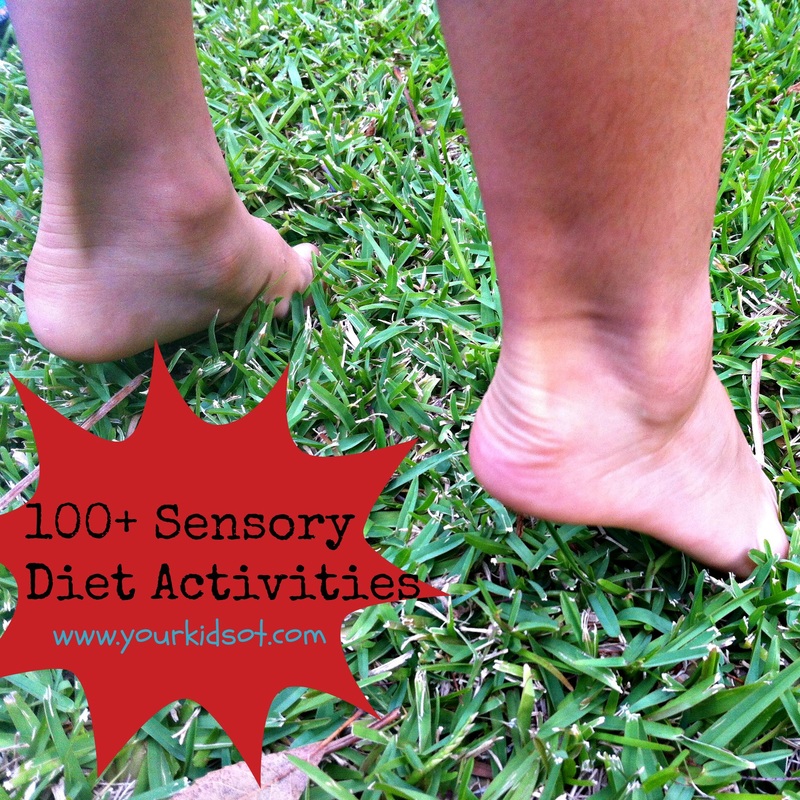

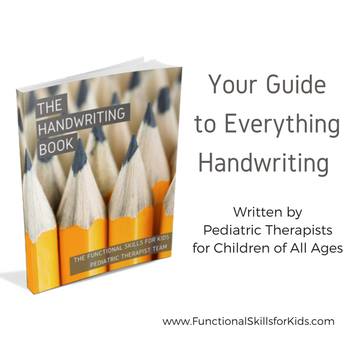

 RSS Feed
RSS Feed
